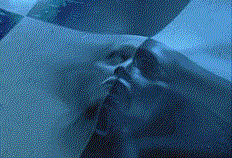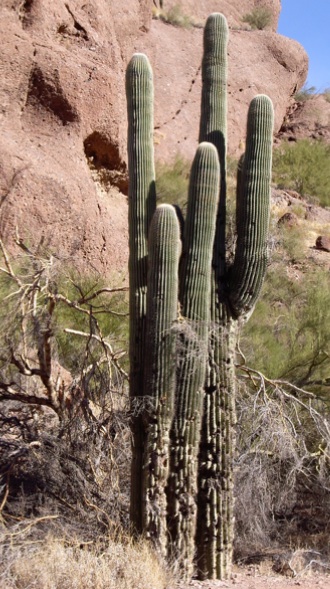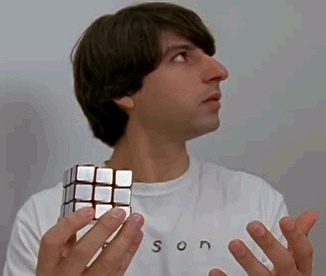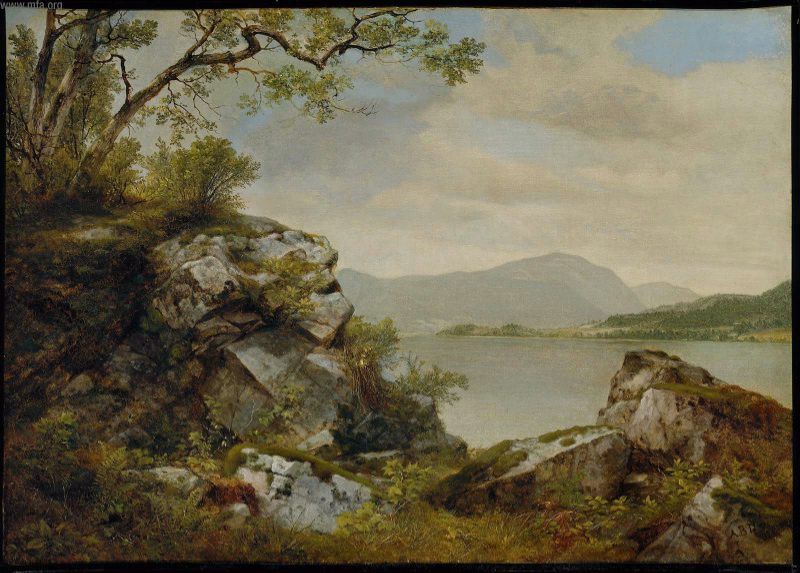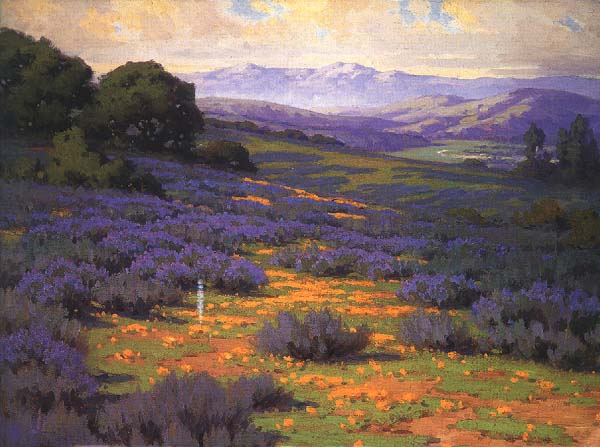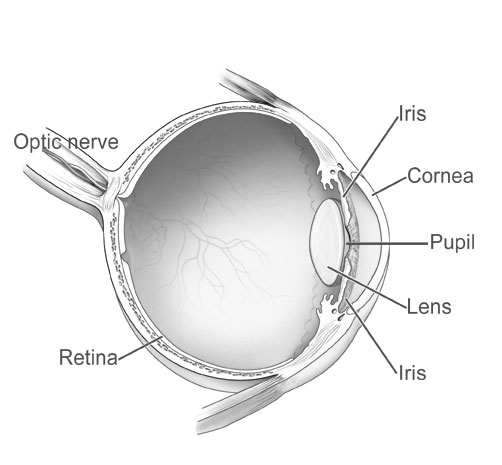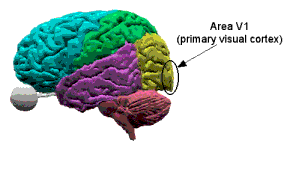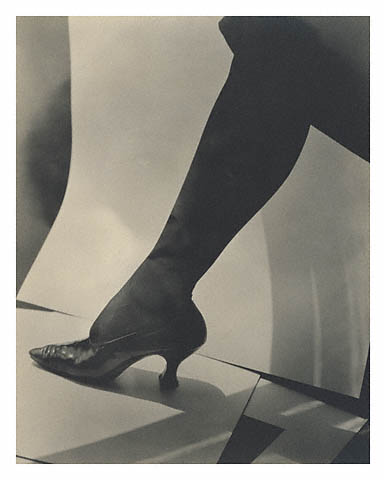 Desiderata
DesiderataCourses 2
Courses 3

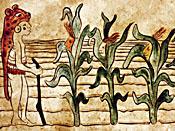
We are imaginative, symbol users, who mimic sensory experiences.
![]()
Argument | evidence | example of duality | mental task | reasons | altered states | question | impressionable paradox | lessons | Art
![]()
As a human with an imagination, I am reliant on symbols to inform the images I see with my mind's eye. As a creator of images, I must create images from what I absorb by paying attention to my experiences, sensing my surroundings and envisioning what might be. In developing an imagination, we all sense, read, experience and dream.
As intelligent observers, what we are imagining is not necessarily accurate, with respect to the surrounding world.
There are degrees of inaccuracy, therefore, or gradations of uncertainty in what we imagine to be true (fact) or not (fiction).
Here the cartoonist is showing the differences between the actual words and the images he wants you to associate with those words.
Argument | evidence | example of duality | mental task | reasons | altered states | question | impressionable paradox | lessons | Art
| Two ways to consider the Connecticut River | |
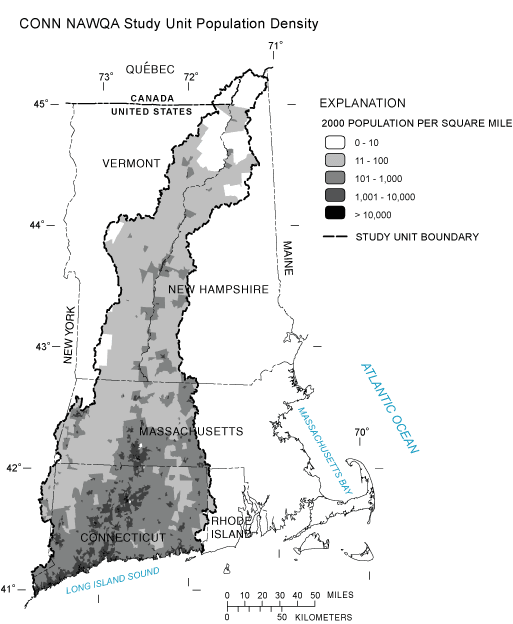 |
|
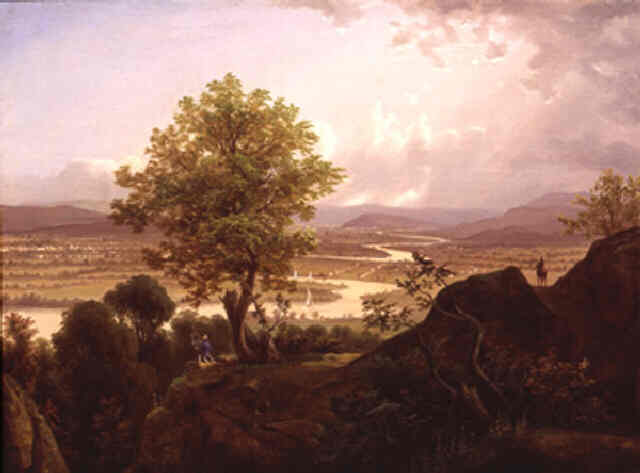 |
|
“The imagination can scarcely conceive Arcadian vales more lovely or more peaceful than the valley of the Connecticut,” |
|
| As a watershed showing population density. | |
One) demographically |
Two) imaginatively |
![]()
Argument | evidence | example of duality | mental task | reasons | altered states | question | impressionable paradox | lessons | Art
Our task is to separate the image --in our minds-- from the thing, concept, event, or person we imagine.
The mind transforms what we experience and we call some of that capacity the skill of giving meaning to what we see, hear, and do.
Because words are what we use to express our images, or the image we want to convey to others, we must use care.
Words and symbols are the tools we use, with proper context, grammar, and syntax to convey our images. Since words may either elucidate, or deceive, we do not want to trust words to convey what the images means to us.
As images and words are all we ever have, a healthy dose of doubt is a very effective and necessary antidote to becoming deluded by our, or other's images. In getting beyond the words and the images we need all the assistance we can to envision the world as it may have been.
Argument | evidence | example of duality | mental task | reasons | altered states | question | impressionable paradox | lessons | Art
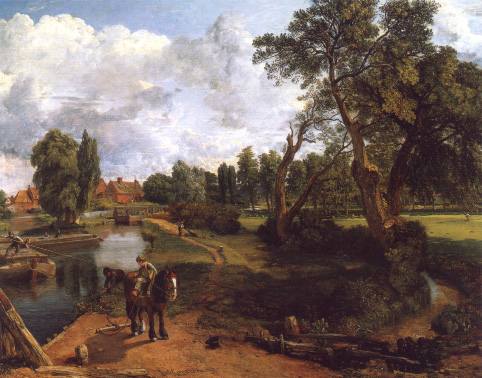
John Constable finished his painting of this "Scene on a Navigable River" picturing in the oil painting a of "Flatford Mill" in 1817. [ See Tate Gallery: London. ]
These landscape paintings from the 19h century are important because the so much has changed in terms of the relation of population to surrounding areas that we point to these artifacts from a time when the human scale with respect to construction was much different from our experiences today.
![]()
Argument | evidence | example of duality | mental task | reasons | altered states | question | impressionable paradox | lessons | Art
If you prefer the industrial scale of the twentieth and twenty-first centuries quite diminishes human sized objects and thus our perceptions of the landscape's features and changing elements today is affected in ways we do not comprehend by the speed of travel, the height of buildings and the insulation we now have between ourselves and harsh external conditions.
![]()
Argument | evidence | example of duality | mental task | reasons | altered states | question | impressionable paradox | lessons | Art![]()
The question becomes "do our images of the world become more or less accurate because of these changes in perception of time and space that differ so greatly from Constable's time and the dimensions portrayed in his painting of people and structures in the landscape?"
![]()
Argument | evidence | example of duality | mental task | reasons | altered states | question | impressionable paradox | lessons | Art
Yet what fabulous and wonderful images are we capable of creating that reflect, with sufficient doubt, the eternal paradox inherent in the way of the world.
John Marshall Gamble's painting of California from the world of the late 19th century.
See "California Impressions Featuring Landscapes from the Wendy Willrich Collection
November 18 - January 28, 2006
"
![]()
Argument | evidence | example of duality | mental task | reasons | altered states | question | impressionable paradox | lessons | Art
Through the doors of doubt lies the confirmation that we may imagine a world – in a grain of sand – almost a grand as the actual world is forever becoming.
I think this tension between what is and what is imagined to be arises because the world always retreats from – or if you prefer, races ahead – our perceptions of its features and changing elements. Our images are like the light of stars in the night sky, they tell is what was there, but perhaps not at all what is now here amongst us.
![]()
Argument | evidence | example of duality | mental task | reasons | altered states | question | impressionable paradox | lessons | Art


